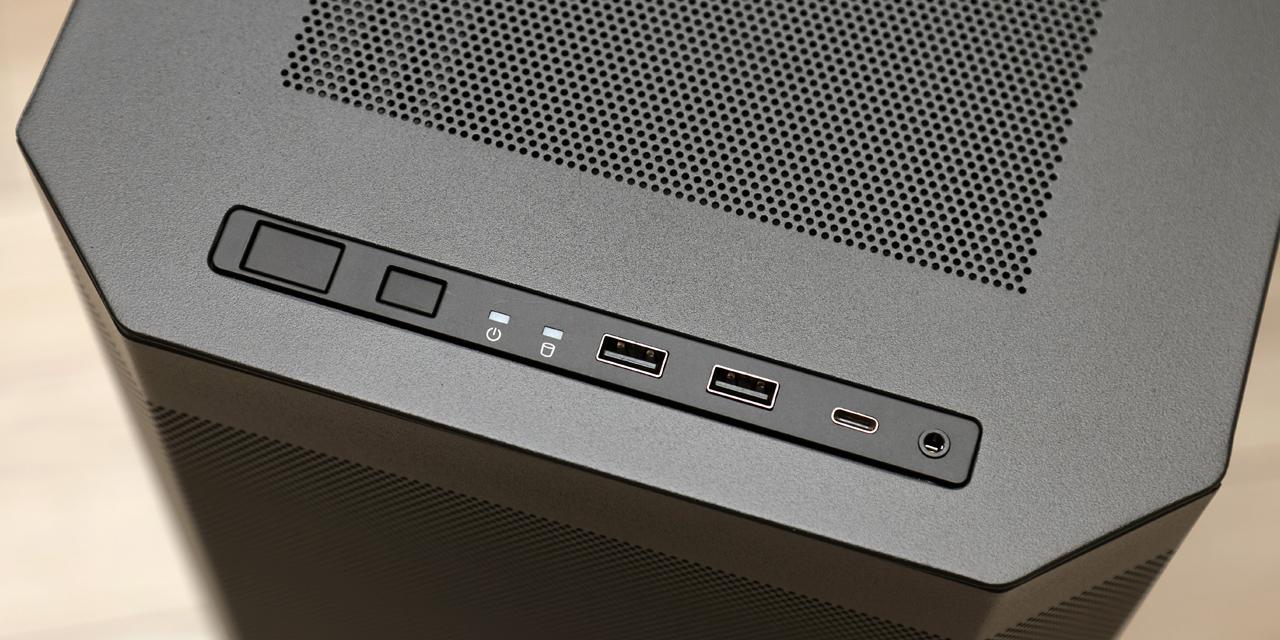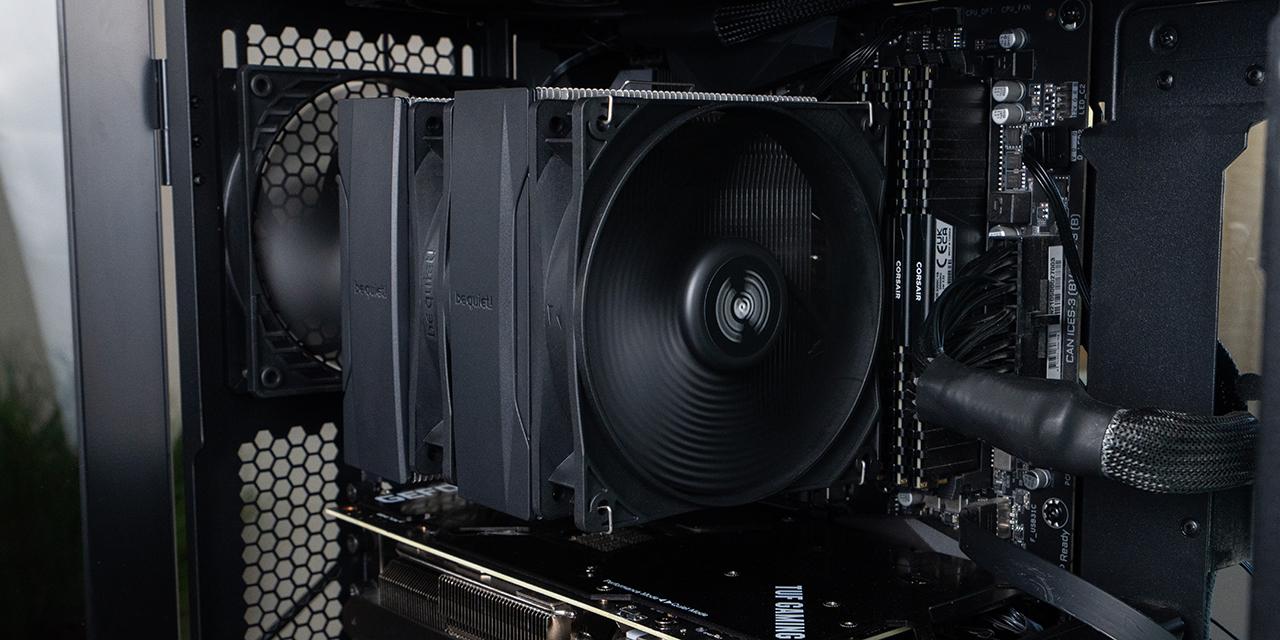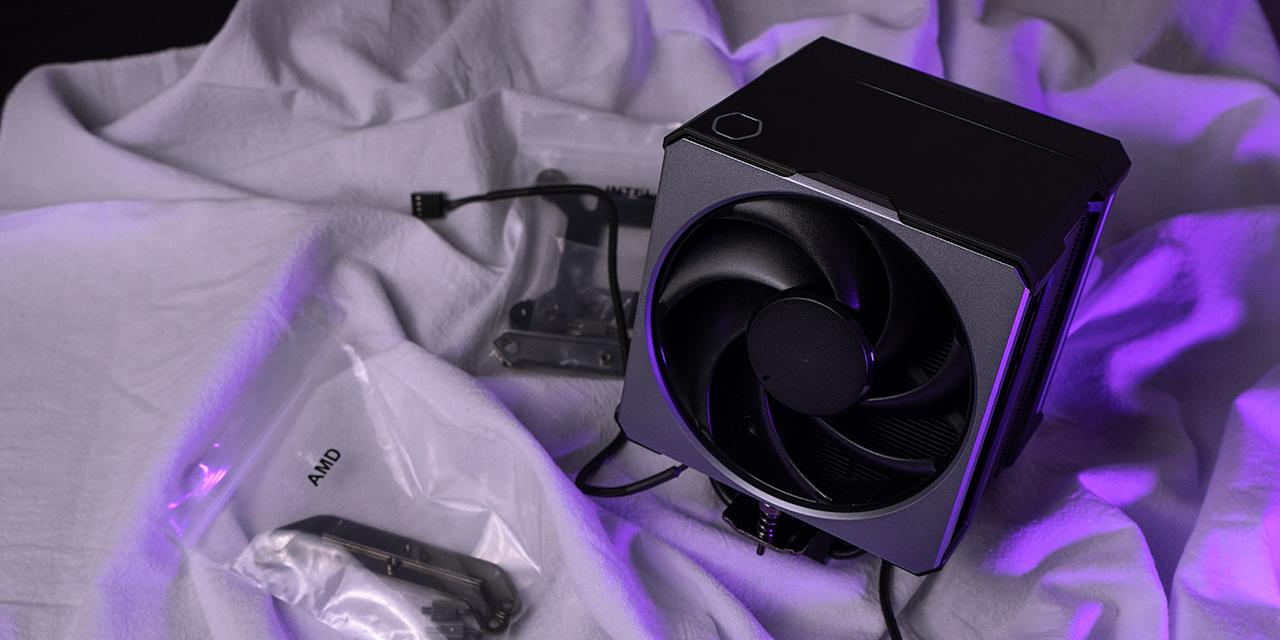Page 2 - Bundle, Chipset, BIOS
Everything is packed independently in the box -- in addition to the clear plastic motherboard tray with cover and separate accessories box, the cables and the such are packaged in sealed plastic bags in such form that has independent compartments each for optimal neatness and organization. Out of the box, you will receive the following:
- 1x Gigabyte EP45-DQ6 motherboard
- 1x PATA cable
- 1x FDD cable
- 2x SATA cables
- 2x Molex to SATA external converter cable
- 2x eSATA cable
- 2x dual eSATA and single Molex PCI backplate
- 1x back I/O shield
- 1x motherboard manual
- 1x CPU install guide
- 1x hardware installation poster
- 1x drivers/utilities DVD
- 1x case badge
- 1x Dynamic Energy Saver badge
- 1x Dolby Home Theater badge
Nothing excessive in this area, but there's certainly no lack of accessories. Like it goes with the Gigabyte X48T-DQ6, I find the dual eSATA/Molex backplate very interesting -- now you can have some Molex power connectors at the back of your case. I don't see the use for it too often, but once in a while I do wish that I had one.

The Intel P45 chipset is the new midrange-performance chip. Beginning with the graphics, the P45 Northbridge has 16 PCI Express lanes allocated to its PCIe 2.0 slots; equally split in multi-GPU configurations. The new ICH10R Southbridge provides up to twelve USB2.0 ports and six SATA2 ports on the Gigabyte EP45-DQ6; disk configuration can be made in RAID 0,1,5,10, or JBOD. Similar to the ICH8 and ICH9 series chipsets, PATA support is dropped and is left to the Gigabyte SATA2 chip to enable this feature -- the Gigabyte EP45-DQ6 has both PATA and floppy support out of the box through third party controllers.
Via the PCI Express x1 lanes are four of its Realtek Gigabit LAN controllers. Exclusive to the EP45-DQ6 also includes the Gigabyte SATA2 chip enabling four extra (Or basically two sets) plug and play RAID SATA2 ports, thanks to the Sil5723 controllers. The ATA-133/100/66/33 IDE channel is also connected to the Gigabyte SATA2 chip in the motherboard specific block diagram.
Like its predecessors, the P45 chipset has native support for both DDR2 and DDR3 RAM; where the EP45-DQ6 in our case uses DDR2 memory only.
The Gigabyte EP45-DQ6, like other Gigabyte boards, uses an Award BIOS -- I want to say I haven't used it since I've had my Pentium III based computer, but the last one I have is the Gigabyte X48T-DQ6 with the exact same interface (Surprising, isn't it! Haha). Now that I am more familiar with it, running through settings is a piece of cake -- it's just that I still prefer the tabbed design with clean lists with American Megatrends BIOSes typically used by Asus motherboards. Regardless, Award BIOS is quite simple in terms of pages, so newer users probably won't need to go through 5 tabs and 10 pages before finding the option they want.
The Advanced BIOS features page. Boot devices, boot order, boot screen options, and basic CPU features options can be set here.
The Integrated Peripherals section, as its name suggests, allows you to configure (Enable/disable, as well as any other available options) any onboard devices such as sound and LAN. Make sure you enable USB keyboard and mouse support here; I find it a bit awkward how they are not enabled by default -- causing our USB keyboard to not work half the time unless within Windows. Personally I find this option sort of useless and should be enabled by default; most people use USB keyboards anyway -- and newer users may not be aware of this setting. I learned this trick with the X48T-DQ6, but why isn't it enabled by default yet? I don't really get it.
All options are available on one page and a little more for scrolling.
The PC Health Status page, for quick BIOS checks of temperatures, voltages, and fan control options. As far as fan control options, I find it a little less robust than all the Asus motherboards I've come across, but other than that to my personal preference (Quietness) it works nearly as well for slowing down the fan over the CPU heatsink. It's almost the same as the X48T-DQ6.
Let's move on to everyone's favorite -- the overclocking options page, otherwise known as the "MIT" page (Is there a pun intended? Haha), which, apparently, stands for 'Motherboard Intelligent Tweaker'. That aside, a complete array of options are available for the enthusiast user, but the improved BIOS made it a lot less awkward to use than when I first got my hands on the latest Gigabyte Core 2 motherboard. Running through a couple options quickly allows me to set the multiplier and FSB of the CPU, and the resulting overclocking frequencies for both RAM and CPU will be listed on the same page, as you can see in the shot above. CPU FSB is set by the user entering an integer value, which saves a lot of time scrolling through long lists when overclocking.
The "System Memory Multiplier" section allows the user to define memory frequency in relation to FSB frequency, as well as FSB strap to Northbridge speeds. The options are listed on the side, where the FSB to memory frequency is listed as a ratio in decimal form -- at times I find that a bit weird. They are used in combination with letters A, B, C, or D to represent the Northbridge strap frequency labeled on the side, but regardless it took me more than a few understand to understand what Gigabyte meant in the BIOS. Thankfully, the new revised BIOS allows you to predetermine the Northbridge strap in a separate setting so it eliminates everything other than what you've set in this menu to make things clean and easy.
The DRAM timings can be set manually once the "Manual" option is enabled for "DRAM Timing Selectable". Advanced memory timing controls are available on a separate page to reduce clutter.
The Advanced Timing Controls page.
The two-column voltage control configuration with actual voltage listings is much better than what we've previously seen with Gigabyte. With the X48T-DQ6's BIOS at press time, it allows you to set some settings based on relative values. For example, the RAM voltage is defined as +(number) in relative to the default voltage. It was confusing. But this one is clean; defining default voltages on the left and new settings on the right. Voltage control also has a huge for CPUs; and RAM voltage settings are surprisingly precise. There's so much to list here that would take too long, but generally speaking, it contains a really good range, lots of adjustable voltages, at precise increments.
Like many modern motherboards, the BIOS can be flashed with an internal utility. The BIOS flash utility built into the Gigabyte EP45-DQ6 motherboard incorporates a relatively simple design. I used a USB flash drive with the BIOS file for flashing -- in which I experienced absolutely no problems in the progress of doing so.
The Gigabyte EP45-DQ6 features the "Quad BIOS" feature -- describing the way it retains four copies of the BIOS. Of course, one of them is the BIOS chip, but there's a second one on another BIOS chip just in case a bad flash occurred and a quick recovery is needed. The third and forth BIOS recovery methods include CD and storage drive; which is more or less a marketing thing in my opinion to rank up the 'quad' name haha. But "dual BIOS" is already really dang sweet.
Page Index
1. Introduction, Features, and Specifications
2. Bundle, Chipset, BIOS
3. A Closer Look, Board Layout
4. Test System; Benchmark: 3DMark06
5. Benchmark: PCMark05
6. Benchmark: Cinebench R10, SuperPI 1M
7. Benchmark: EVEREST CPU
8. Benchmark: EVEREST FPU
9. Benchmark: EVEREST Memory
10. Benchmark: EVEREST Memory Latency, HDTach 3.0.1.0
11. Onboard Sound (RMAA 6.06) Analyzation
12. Overclocking and Conclusion





